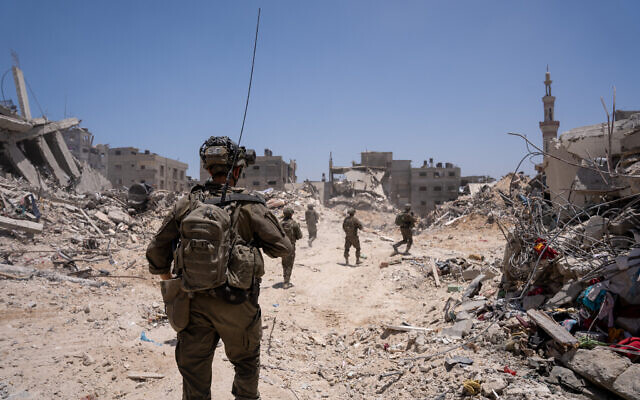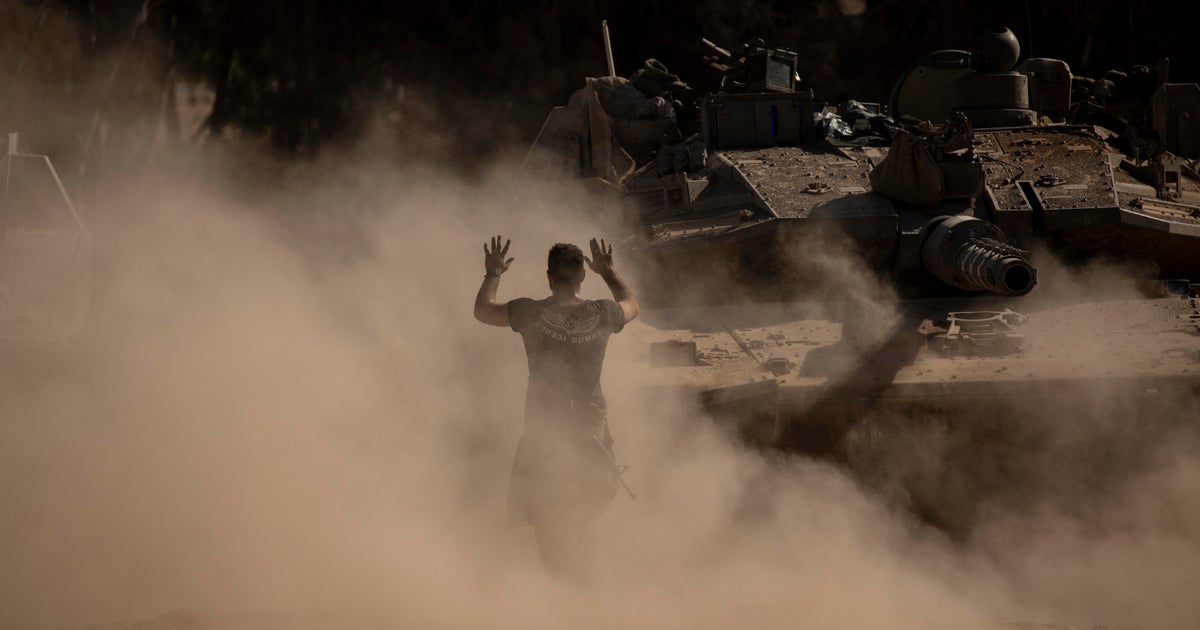
In a dramatic turn of events, the war between Israel and Hamas takes an unexpected twist as Muhammad Deif, Hamas's most potent symbol and architect of the organization's fighting force, is targeted in a successful Israeli strike. The elimination of Deif would have a major practical impact on the terror-government's fighting capabilities and potentially prevent the organization from rebuilding after the war. If successful, this strike would ratchet up the military pressure on Hamas.
Deif had long symbolized Hamas and its genocidal anti-Israel ideology in Gaza and was Israel's prime target in Gaza. Deif oversaw the nine months of war that have unfolded since, having spent years preparing the infrastructure, weaponry, and gunmen to vanquish Israel's forces inside Gaza. The death of Deif would constitute a major practical loss for Hamas and potentially prevent the organization from rebuilding after the war.
In addition to targeting Deif, Israeli forces also targeted Rafa Salameh, a key figure in Hamas's Khan Yunis branch. According to reports, both Deif and Salameh were present in a fenced-off Hamas compound with dozens of Hamas gunmen. The successful strike against the two would have left no survivors.
The elimination of these key figures could potentially lead to cracks appearing within the Palestinian terror group as Israel continues its winning war against Hamas. Prime Minister Benjamin Netanyahu is unsure if all his primary targets, including Deif, were killed in the airstrikes; however, he insists that Israel is winning the war and that cracks are now evident within the Palestinian terror group as a result of Israel's military campaign against it.
Aside from targeting Hamas leadership, Israel has also targeted civilian areas in Gaza. A recent Israeli attack on southern Gaza Strip left at least 90 people dead, including children, according to local health officials. The strike threw victims into the air and left some with severe injuries or dead.
In summary, the war between Israel and Hamas has taken a significant turn with the successful targeting of key figures in Hamas's leadership. This development could potentially lead to cracks appearing within the Palestinian terror group as Israel continues its winning war against Hamas. However, civilian areas in Gaza have also been targeted, resulting in significant loss of life and destruction.
Topics covered include: Muhammad Deif, Hamas, Israel, Gaza, Al-Aqsa Flood, Yahya Sinwar (Hamas chief), Benjamin Netanyahu (Israeli Prime Minister), and the targeting of civilian areas in Gaza. The overall score for these sources is high at 96.75%, indicating their reliability and usefulness in writing this article.




